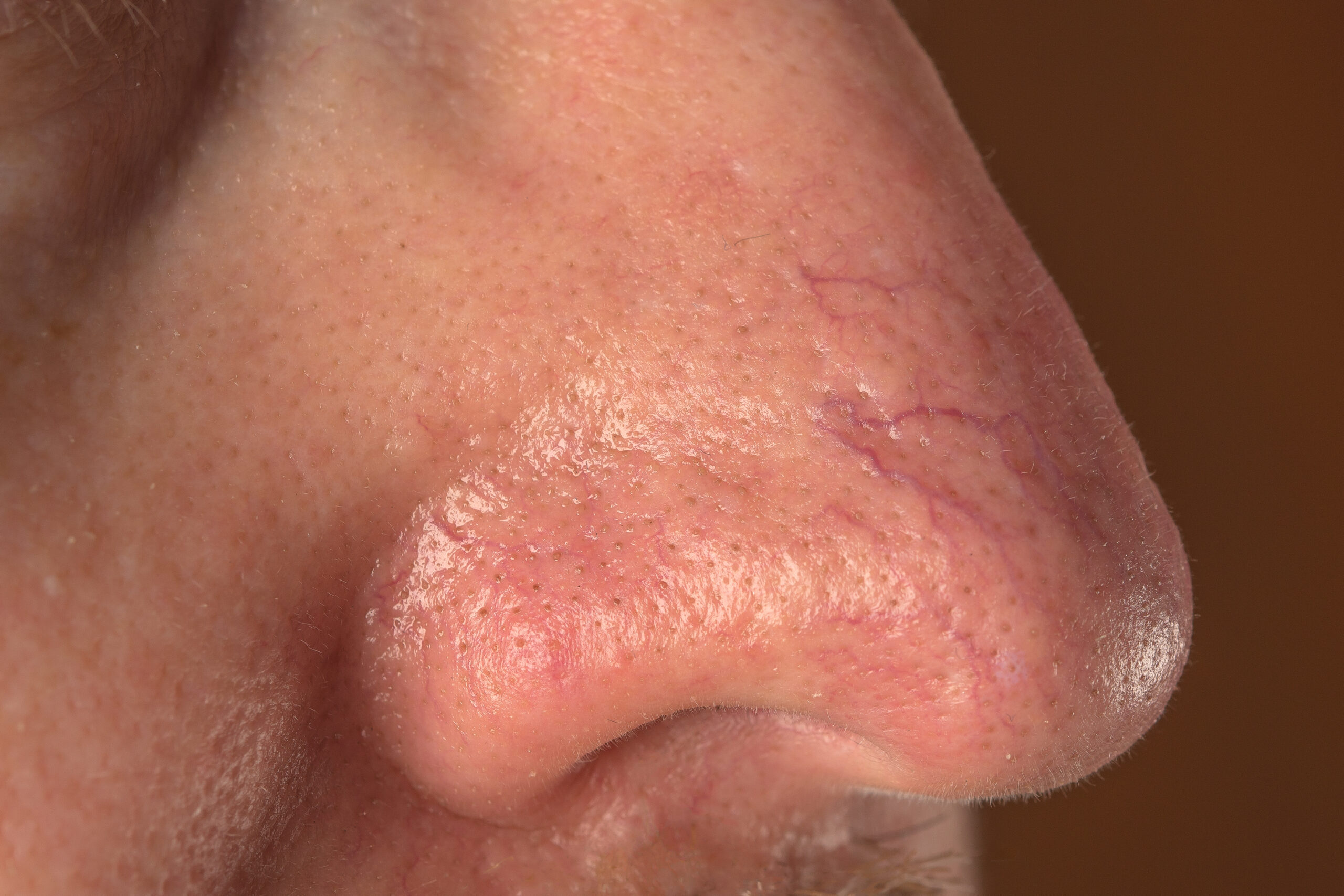Contact urticaria is a skin condition that manifests as a rapid onset of redness and swelling following direct contact with a triggering substance. This reaction appears almost immediately—typically within minutes to an hour of exposure—and is short-lived, usually resolving within 24 hours. It is important to differentiate contact urticaria from contact dermatitis, which develops more slowly and often lasts longer, arising hours or even days after exposure to an allergen or irritant.
Though contact urticaria can affect anyone, certain populations are at higher risk, especially those in occupations that involve frequent exposure to potential allergens or irritants. Individuals working in agriculture, food preparation, healthcare, dentistry, electronics, or beauty services often encounter substances known to provoke this condition. For example, dairy workers may develop reactions to cow dander or grain dust, while hairdressers frequently handle ammonia persulfate and latex. Medical professionals are especially prone to reactions from latex gloves, and food workers often come into contact with a wide array of allergenic foods such as shellfish, eggs, and dairy.
There are two main types of contact urticaria, classified based on the underlying mechanism: non-immunological and immunological. Non-immunological contact urticaria does not require prior sensitization and tends to produce mild, localized responses. A classic example of this type is the stinging rash from contact with nettles. On the other hand, immunological contact urticaria involves a true allergic response, typically developing in individuals with a history of atopic conditions such as eczema or asthma. This form of urticaria requires prior exposure to the allergen and can lead to more severe and widespread symptoms.
Triggers vary depending on the type. Non-immunological contact urticaria may be caused by certain preservatives, fragrances, and raw animal products. Ingredients such as cinnamic aldehyde, benzoic acid, or sorbic acid in cosmetic and food products are common culprits. Immunological contact urticaria, however, is frequently triggered by latex, specific antibiotics, metals like nickel, and preservatives such as parabens and polyethylene glycol. Notably, raw meats, fish, and vegetables are implicated in both types.
Clinically, contact urticaria presents as burning, tingling, or itching at the contact site, often followed by the appearance of red swellings or weals. These may range from small localized spots to large, fiery patches of swelling, most commonly affecting the hands or other exposed skin. While these skin symptoms typically resolve quickly, systemic involvement can occur, particularly in immunological cases. Such extracutaneous reactions may include respiratory symptoms like wheezing or nasal congestion, gastrointestinal upset, and in rare but severe instances, anaphylactic shock.
Diagnosing contact urticaria is often straightforward when the relationship between exposure and symptom onset is obvious. However, in cases requiring confirmation, tests such as skin prick tests or specific IgE blood tests (RAST) may be used. While these can verify the presence of an allergic response, they do not differentiate between allergic and non-allergic forms of contact urticaria.
Management primarily involves avoiding the triggering substances. This might include substituting known irritants with safer alternatives or using protective measures like gloves—though care must be taken with latex if it is a known allergen. Education is crucial, particularly for individuals with immunological urticaria, who should be aware of the potential for life-threatening reactions and consider wearing medical alert identification.
Treatment typically involves antihistamines to control mild reactions, while severe systemic responses may require the administration of adrenaline. With appropriate avoidance and precautionary measures, most cases of contact urticaria can be effectively managed, allowing affected individuals to maintain both their health and their daily activities.



